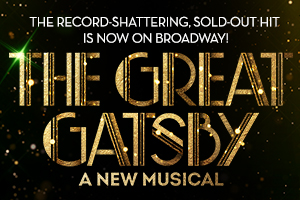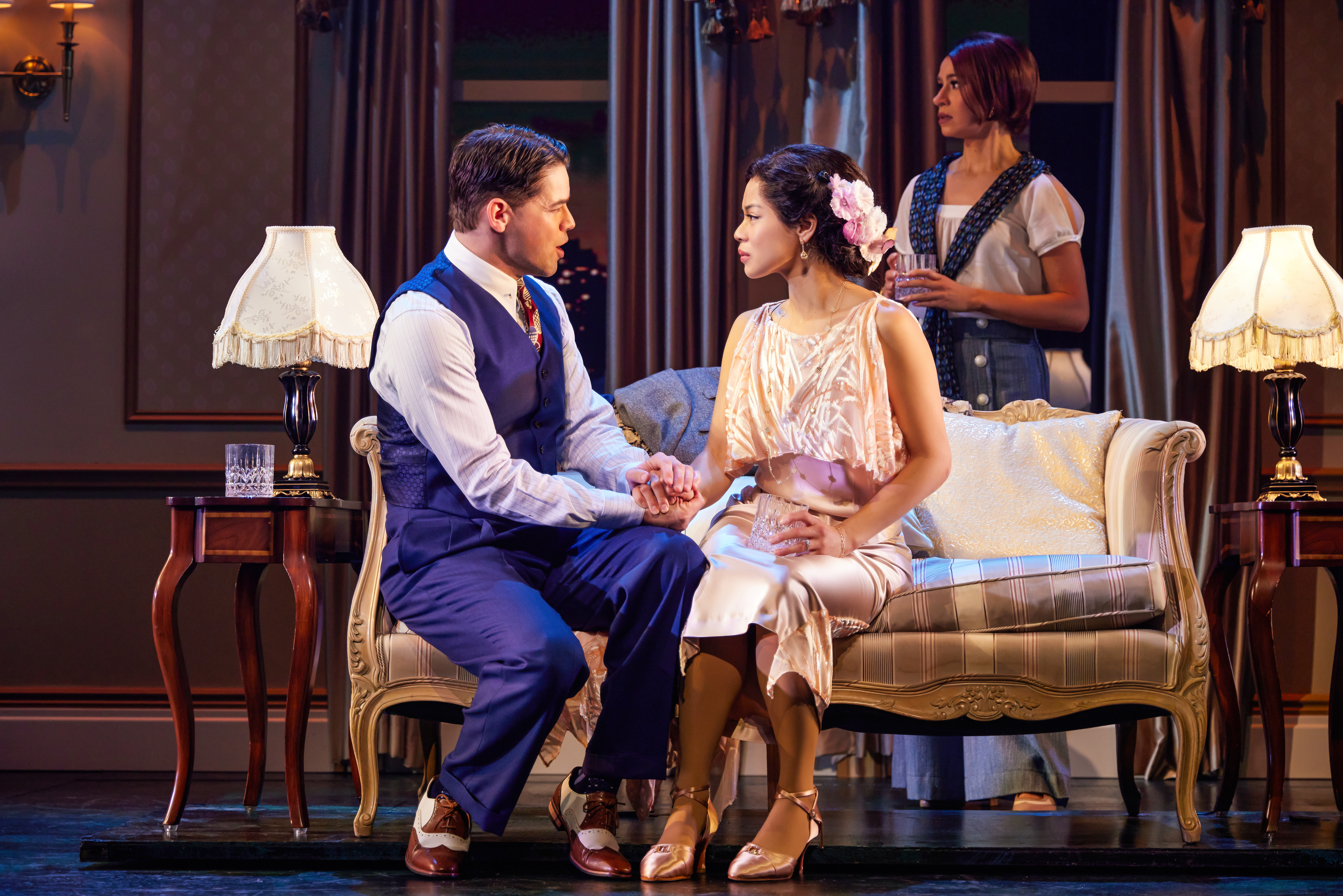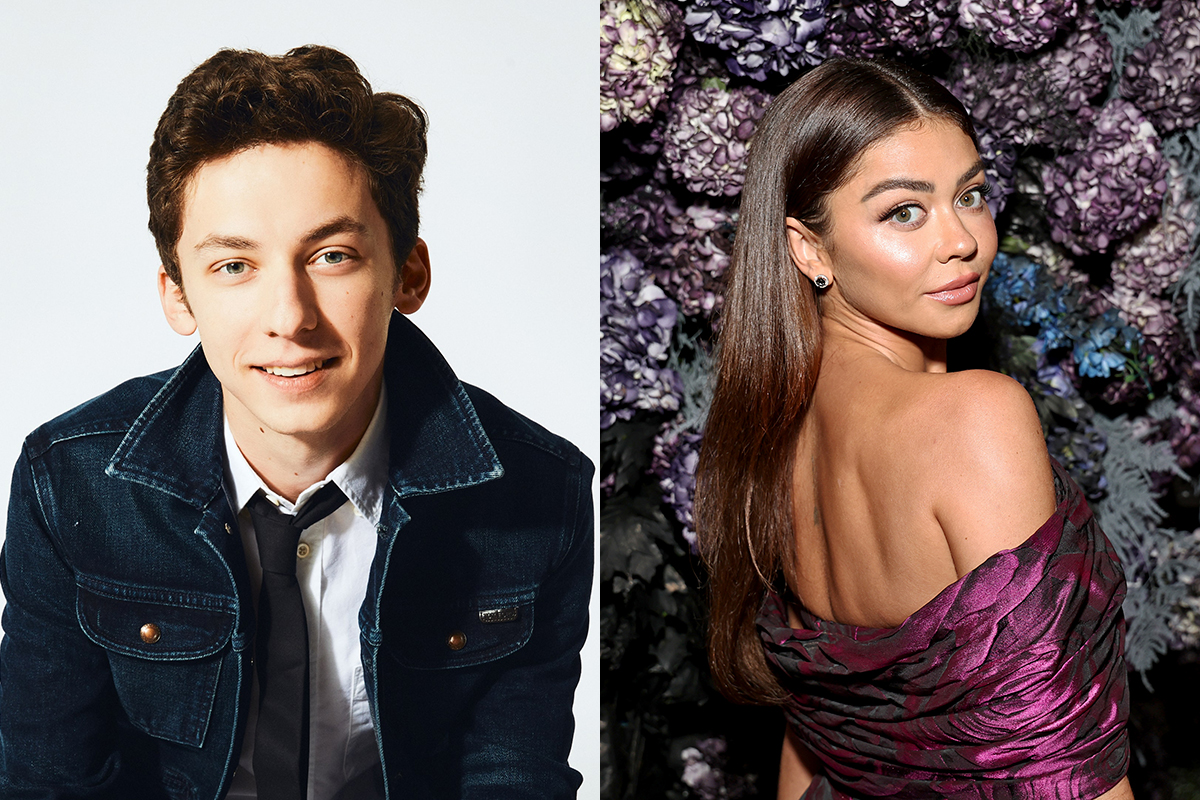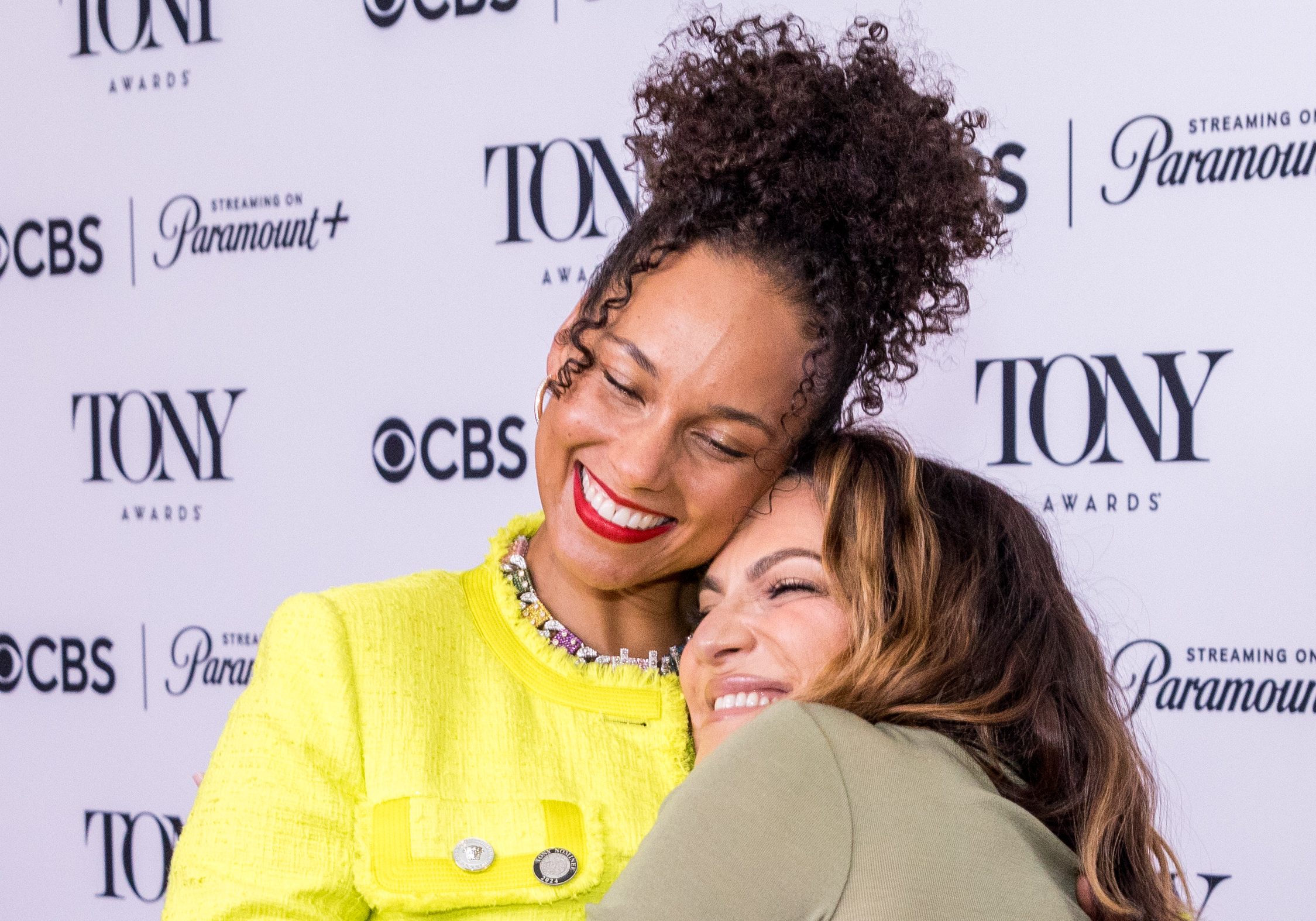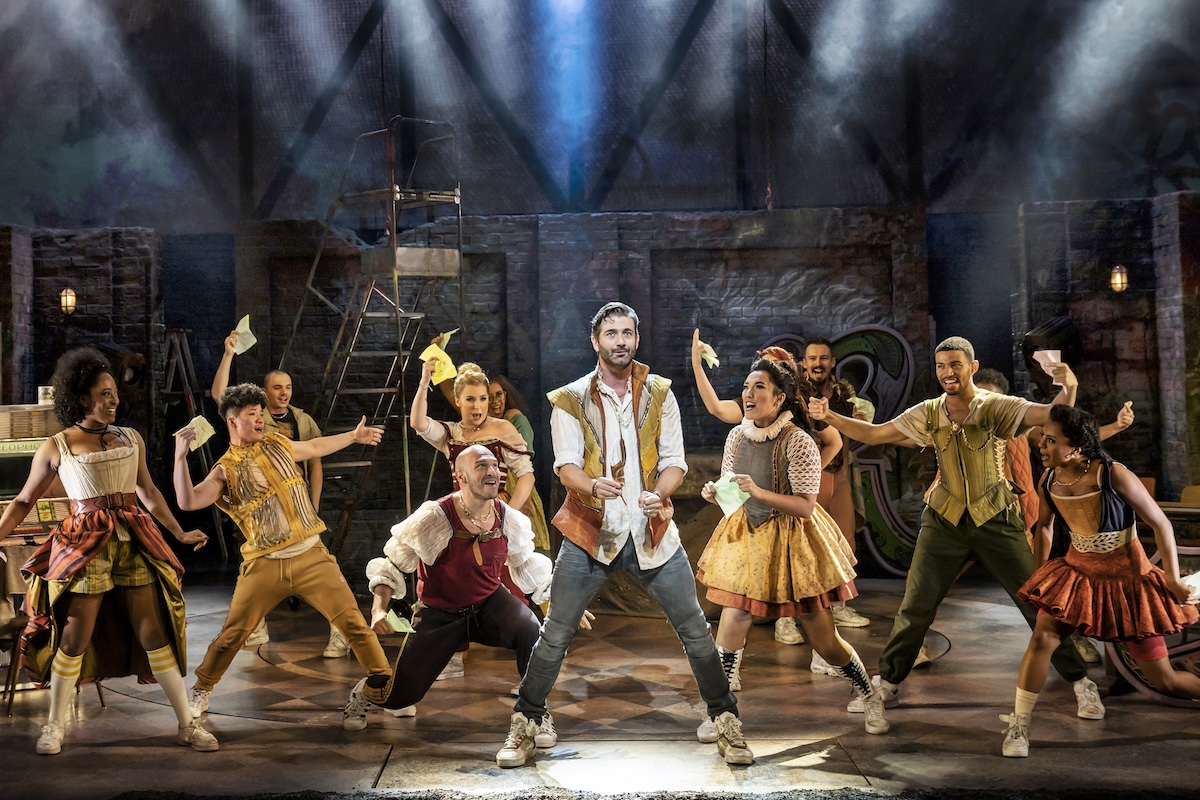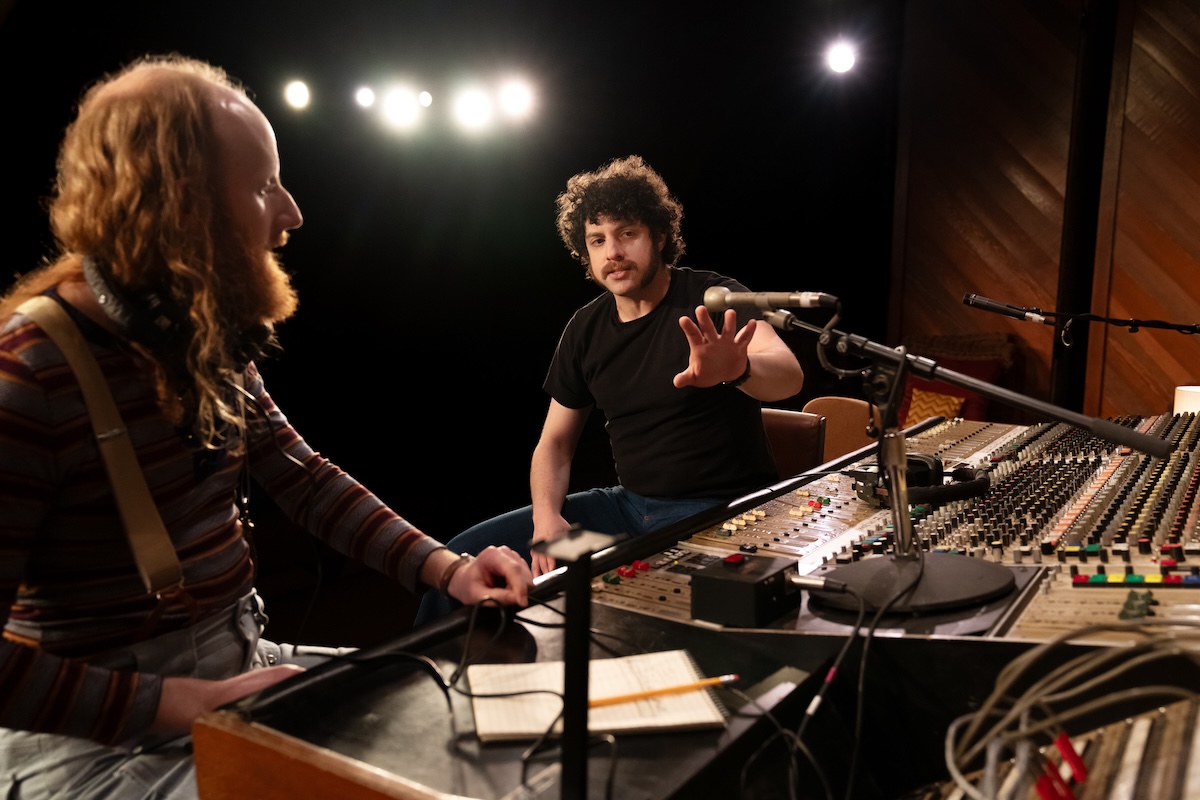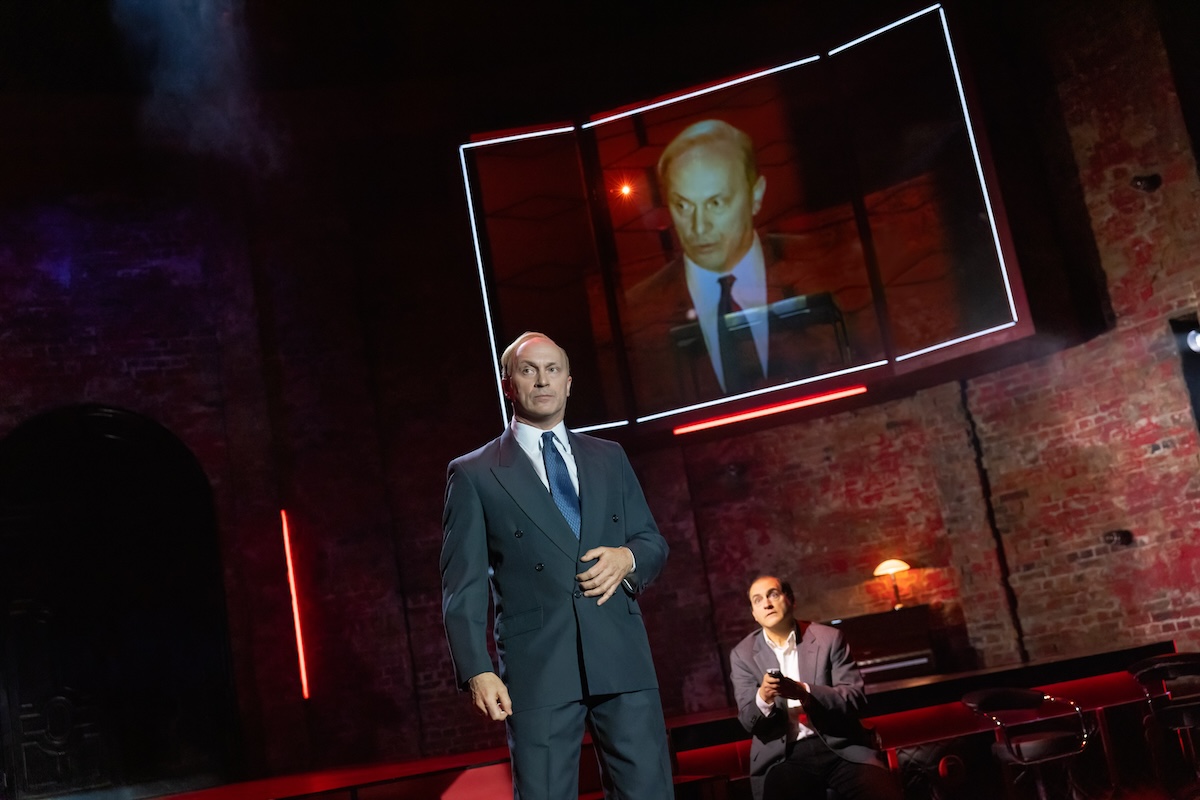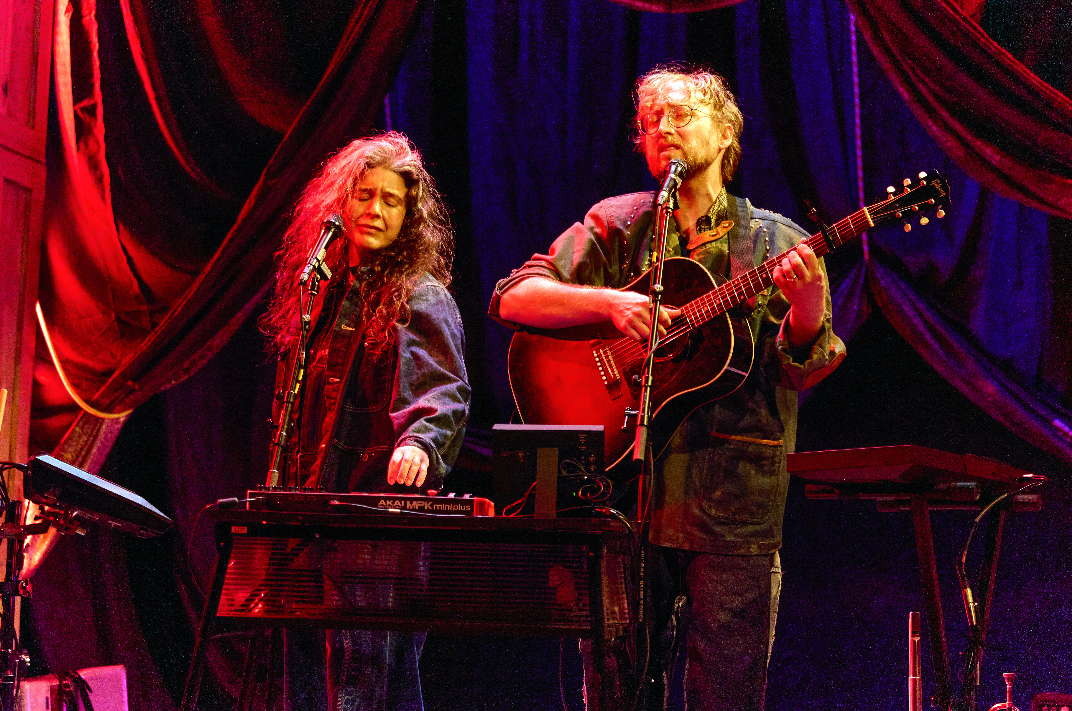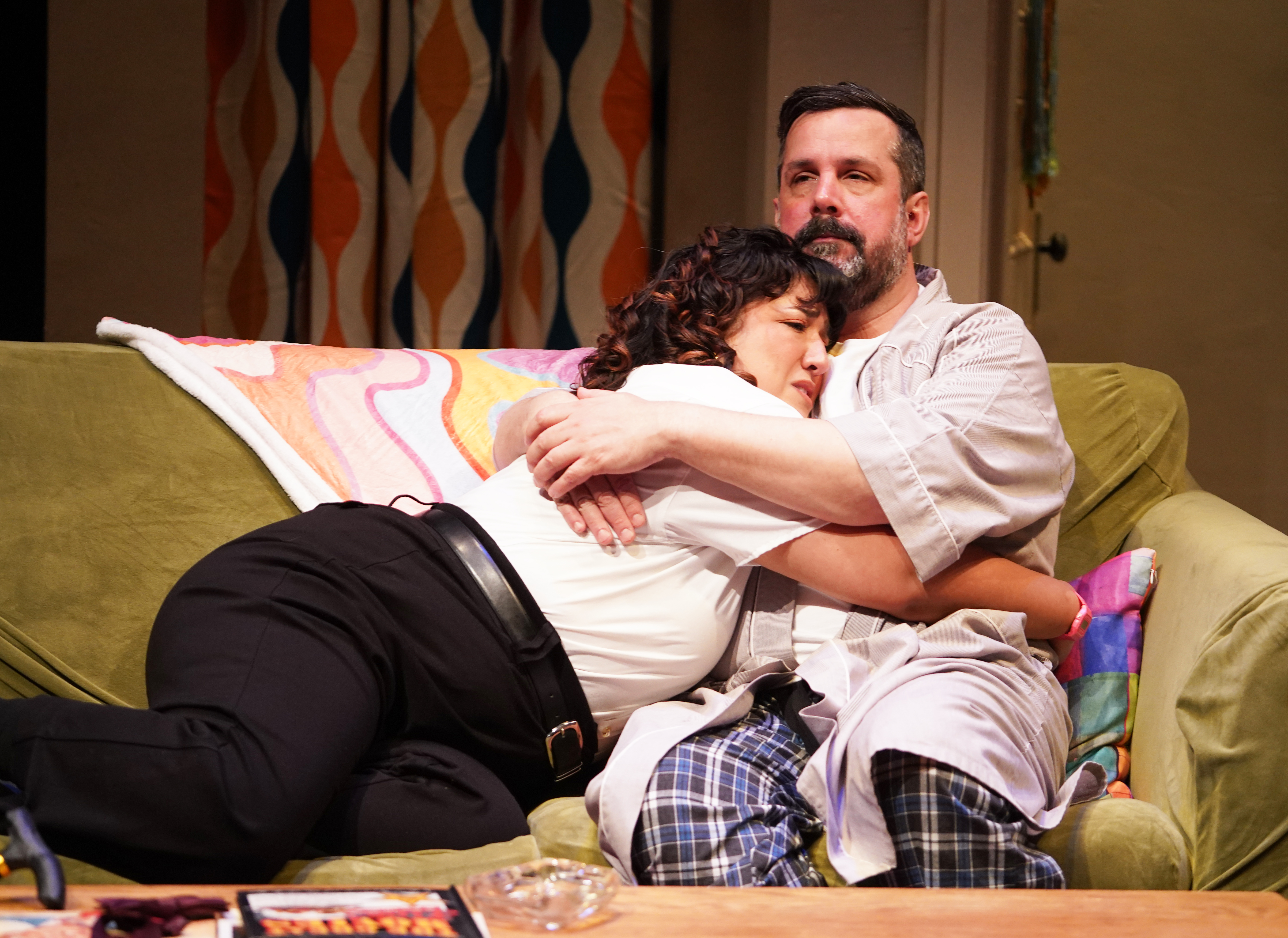Review: A No-Expense-Spared Great Gatsby on Broadway, With Jeremy Jordan Belting to the Rafters

(© Matthew Murphy/Evan Zimmerman)
Financially, the current ethos of almost every industry is “do more with less.” Of course, it’s impossible to achieve greater results with fewer resources, both in business and in the creation of quality entertainment. So, it’s awfully refreshing to see all the proverbial dollar signs gliding on and off the stage in the new musical adaptation of The Great Gatsby. There’s a full-sized Rolls-Royce that actually drives, there’s an honest-to-God fireworks display. Korean producer Chun-Soo Shin and his shingle, OD Company, have spared no expense in bringing F. Scott Fitzgerald’s tragedy of jazz age decadence to the Broadway Theatre after a sold-out run at Paper Mill Playhouse. The show itself isn’t all that nuanced, but the money talks.
Much work has been done by creators Kait Kerrigan (book), Jason Howland (music), Nathan Tysen (lyrics), and Marc Bruni (direction) since the Paper Mill staging last fall, which our critic said, “ultimately lays an East Egg.” In New Jersey, the show focused on its marquee attractions, Jeremy Jordan as the enigmatic millionaire Jay Gatsby and Eva Noblezada as his former and future lover, Daisy Buchanan. Gatsby was introduced in the very first song — why hide your star? — but though the novel bears his name, it’s not about him.
The protagonist is Nick Carraway, the young idealist who gets swept up in nouveau riche hedonism only to give it all up when he recognizes the callous indifference of the wealthy. Smartly, the writers have restored Nick (Noah J. Ricketts, in a handsome turn) as the central figure, and we once again see the proceedings through his eyes, as he arranges a romantic reunion between Jay and Daisy that has calamitous results for pretty much everyone in their orbit.
Kerrigan’s script keeps the plates spinning admirably enough, weaving together the doomed affair that Jay has with Daisy, Nick has with disaffected flapper Jordan Baker (the wry Samantha Pauly), Tom Buchanan (John Zdrojeski, a hulking alpha male) has with Myrtle Wilson (Sara Chase, channeling Dorothy Loudon as Miss Hannigan), and the cuckolding of Myrtle’s mechanic husband, George (a tenacious Paul Whitty) with surprising stamina. It’s hardly the most urbane take on the material, but Kerrigan knows what her baseline task is: refashion Fitzgerald’s novel as a melodramatic romance and condense it enough to leave room for songs. She’s not going to win awards, but it’s done well enough to suit people who can recite the book word for word, and not confuse newcomers.
Like their previous musical, Paradise Square, Howland and Tysen have created an infectious series of big dance numbers, which are imaginatively choreographed (if not entirely accurate to period) by Dominique Kelley. Howland’s melodies here aren’t nearly as specific as the music of Paradise Square, though, and Tysen’s lyrics veer toward the banalities of amorous longing. Instead of Roaring Twenties pastiche, they stack power ballads of dubious quality on top of each other. But Jordan, who gets the lion’s share, sells these unspecific tunes to the balcony with such confidence it’s breathtaking. I’m straight, and Jeremy Jordan made my panties drop. He can sing “Daisy” in his lovely falsetto to me any day.
Jordan’s acting take on Gatsby is in line with how this production interprets him: no longer an enigmatic man of mystery, Jay Gatsby is a goofball with a weird mid-Atlantic accent who’s just in love with Daisy. A scene where he awaits a rendezvous with her is almost out of a farce. I’m not sure if Fitzgerald would condone or even recognize it, but it works in the context of what this show is trying to do.
Surprisingly, Noblezada is a smaller-than-life Daisy, her flame reduced to a flicker as her usual dynamism is dwarfed by everyone else’s presence. That, of course, is a deficiency in Bruni’s direction — he should have been able to draw a more magnetic and commanding performance out of a leading lady who has given them in other shows, including one at this very theater. That the exceptionally talented Noblezada fades so far into the background is perhaps the biggest disappointment of the whole show.
In keeping with the excesses of the era, Paul Tate dePoo III has designed a massive and fabulous set of sliding panels, full-sized billboards that drop in from the flies, country house facades, and gilded living rooms. Augmented by his startlingly lifelike projections, there are parts of The Great Gatsby that almost feel more immersive than this season’s intentionally immersive musicals. Linda Cho’s parade of flapper dresses and three-piece suits are terrific, as is Cory Pattak’s mood-setting lighting. Brian Ronan’s sound design is particularly impressive, making sure that every lyric is crisp and every instrument in the 20-piece pit is heard.
Ultimately, this might not be a Great Gatsby that English teachers will agree with, but if you’re going to drop $200 on a Broadway ticket, it certainly gives you your money’s worth. Don’t tell F. Scott, but in an era of theatrical belt-tightening, that’s good enough for me.
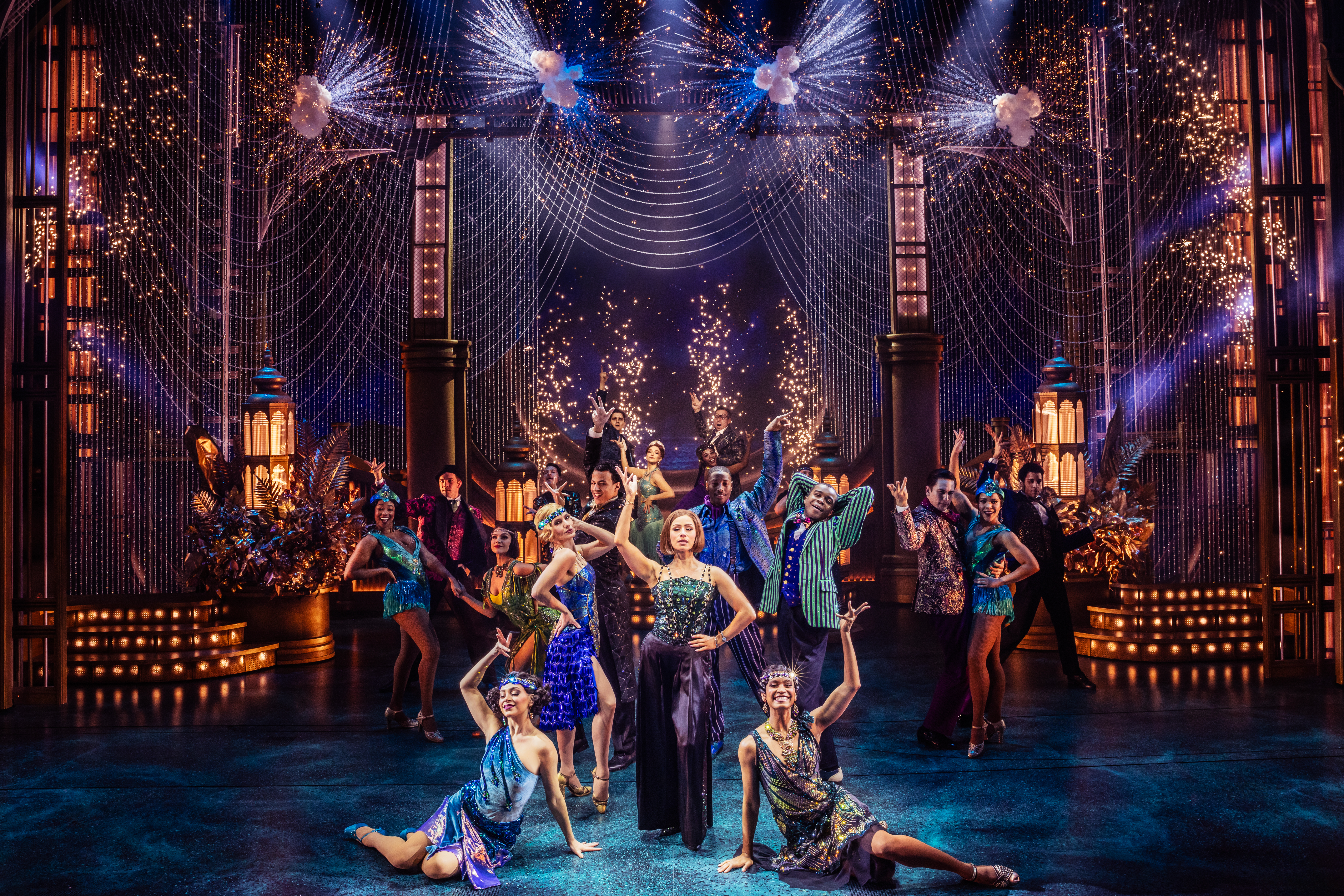
(© Matthew Murphy/Evan Zimmerman)



